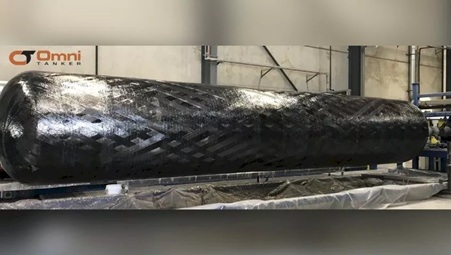UNSW research in cryogenic composites moves into liquid hydrogen storage
UNSW Sydney, Lockheed Martin and Omni Tanker are developing new carbon fibre composite technology for storing liquid hydrogen, avoiding matrix cracks, which will accelerate mass market adoption.

